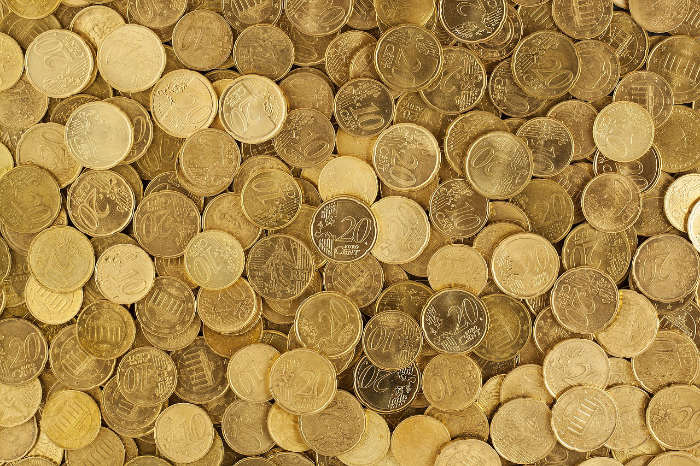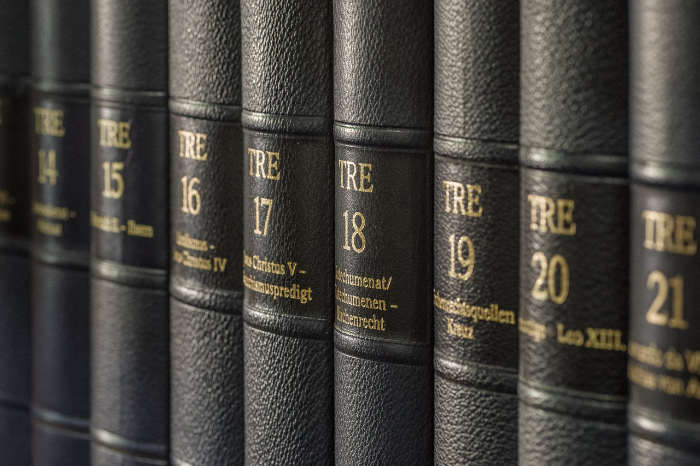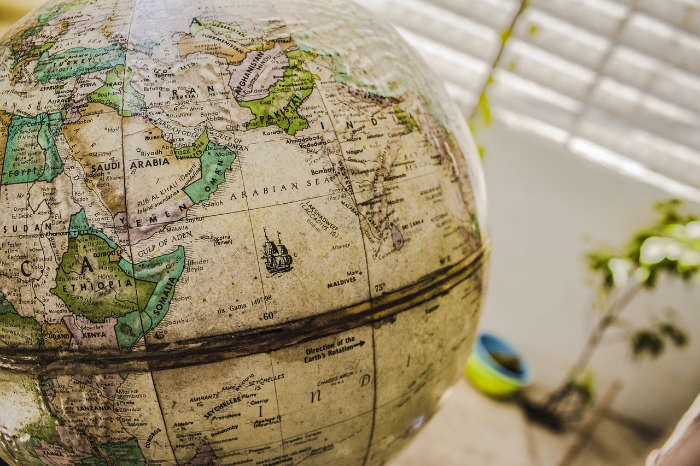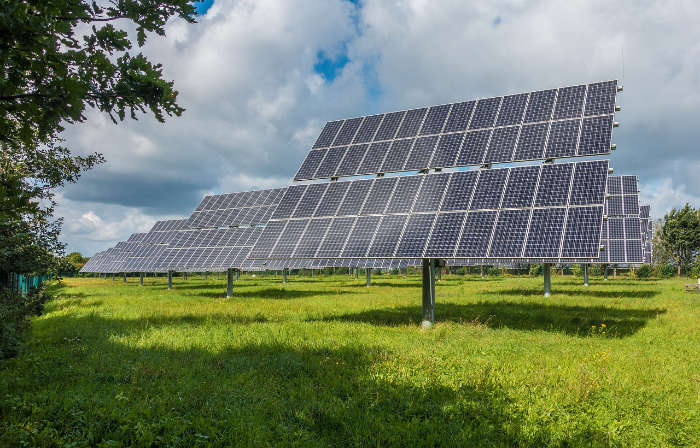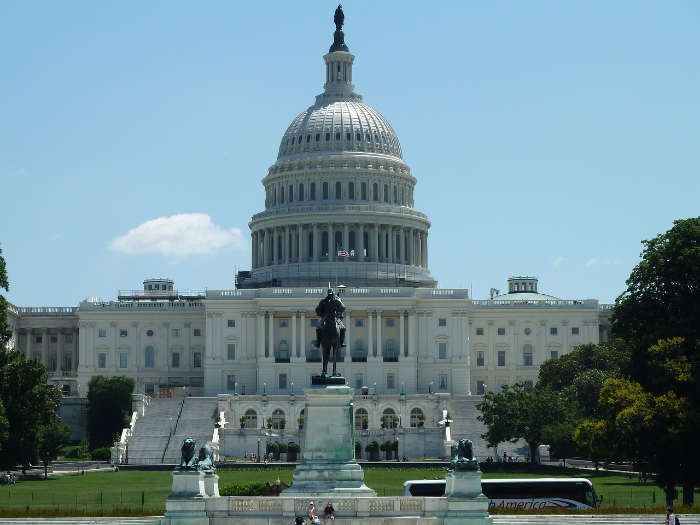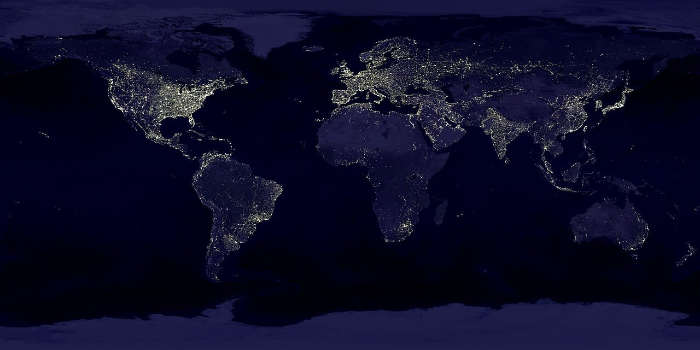Automobile Tariffs by Country 2025
Across the world, the average tariff on the price of an automobile is approximately 22 percent. This means that countries impose a tax on automobiles coming from other countries of approximately 22 percent, on average. This means that if a car coming into the country is typically priced at approximately $20,000, that car might sell for approximately $24,400 in the country. Therefore, people who want to purchase a car that has been made in another country may have to pay more to purchase that specific car when compared to cars that are made domestically.
How Do Tariffs Work?
The goal of a tariff is to raise the price of goods coming from another country to make that country’s goods look less attractive. Countries do not necessarily need to impose the same tariff on all goods. For example, the tariff on a car coming from one country may be different when compared to the tariff placed on other goods coming from that same country. Furthermore, a country may place a different tariff on cars coming from country A than the tariff placed on cars coming from country B.
Furthermore, tariffs tend to fall under two separate categories. The first is a percentage tariff, which is described above. The tariff is calculated as a percentage of the overall price of the car. The other type of tariff is called a flat-rate tariff. This means that there is an additional fee placed on the price of the good, regardless of the overall price of that good. The goal of a tariff is to encourage people to buy domestic products instead of ones coming from overseas.
What Countries Have the Highest Tariffs Placed on Cars?
There are several countries that have very high tariffs placed on cars. For example, the Maldives places a tariff on cars at approximately 111 percent. India also places a very high tariff on cars, coming in at around 106 percent. Iran is another country with very high tariffs placed on automobiles, coming in at approximately 90 percent. If the tariffs placed on a car is approximately 100 percent, this means that the price of the car in that specific country is double what it would be in a country that does not have a tariff at all. Keep in mind that these countries may place different tariffs on different types of automobiles coming from different countries.
What Countries Have the Lowest Tariffs Placed on Cars?
On the other hand, there are several countries that have very low tariffs that they place on cars. In fact, they are so low that some countries do not have any automobile tariffs at all. The countries that do not have any tariffs that they place on automobiles include Switzerland, Singapore, Japan, Hong Kong, and Mauritius. People who would like to buy a car in one of these countries that has been made somewhere else should not have to pay any additional fees or taxes to do so.









